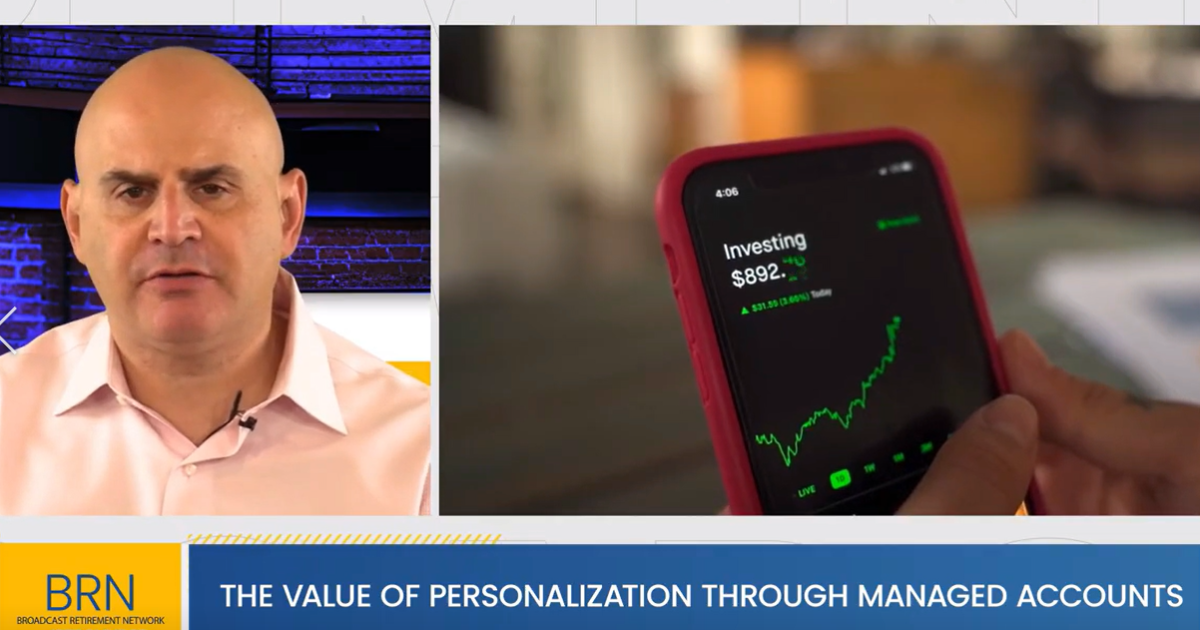Copyright CoinDesk

Barely one year into the Europe Union’s Markets in Crypto Assets (MiCA) regime, formulated to deliver a unified regulatory environment across the 30 nations in the European Economic Area, the cracks are beginning to show and there are signs EU regulators are looking to ensure they don't get any wider. Concerns have already surfaced that some member states are handing out licenses in an overly expedited fashion, and now reports are emerging that the European Securities and Markets Authority (ESMA) is preparing to take greater, more centralized control of crypto regulation across the countries within its purview. As yet, there’s little detail about ESMA’s plans, but MiCA policy watchers know where the clues lie. One likely change, which seems technical but could have significant knock-on effects, concerns sharing liquidity outside the EU and the use of unified order books. From a regulatory perspective, a shared order book blurs who is responsible for matching, disclosures, risk management and best execution. From a traders' perspective, pooling buy and sell orders across a wider population creates greater liquidity, easier transactions and more accurate pricing. ESMA would not comment on shared order books specifically, but said in an email that the position stated in a Q&A earlier this year (which states that MiCA doesn't permit a crypto trading firm to pool its order book with any non-EU, non-MiCA-regulated trading platforms) “is part of the effort that ESMA has made, and continues to make, to ensure a level playing field in the application of MiCA in the EU.” “Shared order books are something that's been possible for a long time, and it creates a lot of liquidity,” Nikolai de Koning, a financial services lawyer at Norton Rose, said in an interview. “But ever since the Q&A from ESMA, regulators have been asking applicants and firms how they separate order books. So firms have had to demonstrate how they separate those order books, and this includes some of the largest exchanges. Some of the platforms created separate order books — so non-EU and EU — which they could really operate separately.” Pushing for clarity Part of the push for more centralized oversight comes from EU country regulators themselves, so-called national competent authorities. France’s financial watchdog, the AMF, Austria's FMA and Italy’s Consob asked ESMA to take tighter control of MiCA in a co-authored letter in September. The AMF was specific about local order books in an email to CoinDesk: “The reference to keeping effective control within the EU is intended to capture, among other things, the need for trading and execution activities — including through local order books — to be effectively located and supervised inside the Union,” the AMF said. “From our perspective, it is important that this interpretation be made explicit at Level 1 of the MiCA framework. Embedding this clarification directly in the legislative text would ensure greater legal certainty and more effective supervision by avoiding ambiguities on what constitutes genuine EU-based substance of and control over crypto trading infrastructure,” the regulator said. What would the impact of this be? Historically, crypto trading firms have shared liquidity with non-EU platforms so any change will be highly relevant to most crypto trading platforms, and ultimately also to prop firms trading in crypto and a lot of other parties in the market, de Koning said. The devil will be in the detail when it comes to what's acceptable for EU regulators, who are still refining their approach. There are platforms that share liquidity, but operationally maintain separate books: There is some routing between the books, but the real matching happens on each venue separately, de Koning said. In such cases there isn't a fully unified book, but there are still some benefits of liquidity sharing. Widening spreads Not only is it operationally and legally onerous to change a shared order book, it will also have an impact on the EU markets, according to de Koning. “This will further concentrate price formation inside the EU and have an impact on order flows and on liquidity generally. The larger the pool, ultimately the better liquidity for the platforms and for the users. My view is that forcing EU-only pools is likely to fragment liquidity and widen spreads at first; markets usually adapt, but the adjustment won’t be instant,” he said. For some crypto firms, the necessary tweaks may not be too challenging. But for a large exchange drawing on liquidity from beyond the bloc, there could be major operational amendments. U.S.-listed Coinbase (COIN) could be one such firm. Coinbase is authorized in Luxembourg as a broker. As such, the ESMA “Broker Model Opinion” is more pertinent. That says EU member state regulators should ensure any crypto firm making an application “does not aim at obtaining a ‘legal cover’ in the Union for third-country firms which seek to solicit clients or prospective clients in the Union through a MiCA-authorised entity (typically belonging to the same group), whilst still providing services from outside the Union.” 'In the right place' Tom Duff Gordon, VP of international policy at Coinbase, said the opinion ESMA provided “landed more or less in the right place,” and the situation does not require immediate review. He also said it was “surprising” to see the joint proposal from the AMF, FMA and Consob calling for areas like order routing to be revisited given MiCA is barely a year old. “At one point, it was unclear whether or not there were two valid parts, or whether liquidity had to be onshore. We've argued consistently that both models are legally viable. We currently operate a broker to our U.S. exchange where we can provide best execution to European clients and deep liquidity,” Duff Gordon said in an interview with CoinDesk. “We honestly feel that by acting as a broker in the way that we are, we can provide best outcomes for our clients,” Duff Gordon said. “I think as long as you can do that, and as long as the European operations have enough substance — which ours absolutely do — and as long as the local entity has control around where execution happens, then a bit like international finance with MiFID, there's total validity in having both kind of broker models and local platform models.” Coinbase’s regulator, Luxembourg’s Commission de Surveillance du Secteur Financier (CSSF) said in an email: “In the context of MiCA, the CSSF acts in full respect of EU regulations and works in close cooperation with the other national competent authorities and the relevant European authorities for the purpose of supervisory convergence.” Dea Markova, director of policy at crypto technology firm Fireblocks, said it's unclear whether being part of a large and heavily regulated group — as Coinbase is — will mitigate risk in the eyes of European regulators at the ESMA level. “I think regulators are worried that a broker in Austria, for example, might want to source liquidity from an American or a South Korean exchange and usually have to pre-fund that exchange with some of its clients’ assets,” Markova said in an interview. “So if something happens to that exchange, then those client assets will be lost.” The debate for regulators now is where to draw the line, Markova added. “If you think about it logically, everybody eventually gets their liquidity from outside the EU. There's not enough liquidity, so it's just a question of how many steps they go through in order to go there,” she said.



